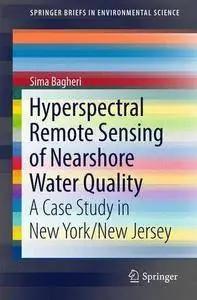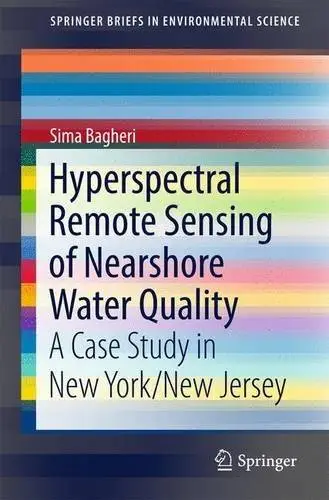Hyperspectral Remote Sensing of Nearshore Water Quality: A Case Study in New York/New Jersey
Springer | Ecology | December 5, 2016 | ISBN-10: 3319469479 | 92 pages | pdf | 3.31 mb
Springer | Ecology | December 5, 2016 | ISBN-10: 3319469479 | 92 pages | pdf | 3.31 mb
Authors: Bagheri, Sima
To provide concise guidelines in remote sensing data analysis, in situ measurements and modelling to help managers and planners in coastal water quality investigation
Information on the role of phytoplankton in the exchange of carbon dioxide between ocean and atmosphere is important since algae have the potential both as an energy source and a way to deal with global warming
This book provides details on of the utility of hyperspectral remote sensing – NASA/AVIRIS in nearshore water quality issues of NY/NJ. It demonstrates the use of bio optical modeling and retrieval techniques to derive the concentrations of important water quality parameters (chlorophyll, color dissolved organic matter and suspended sediments) in the study area. The case study focuses on the nearshore waters of NY/NJ considered as a valued ecological, economic and recreational resource within the New York metropolitan area. During field campaigns (1998-2001) measurements were made to establish hydrological optical properties of the NY/NJ nearshore waters with concurrent NASA/AVIRIS overflights. The field measurements included: 1) concurrent above and below surface spectral reflectance; 2) shipboard sampling for determination of inherent optical properties (IOP); and 3) concentrations of optically important water quality parameters. Understanding the relationship between reflectance, absorption and scattering is essential for developing the analytical algorithm necessary to use remote sensing as a monitoring /management tool in the nearshore environment.
Number of Pages
X, 92
Number of Illustrations and Tables
2 b/w illustrations, 38 illustrations in colour
Topics
Applied Ecology
Coastal Sciences
Environmental Science and Engineering
Click Here for More books



